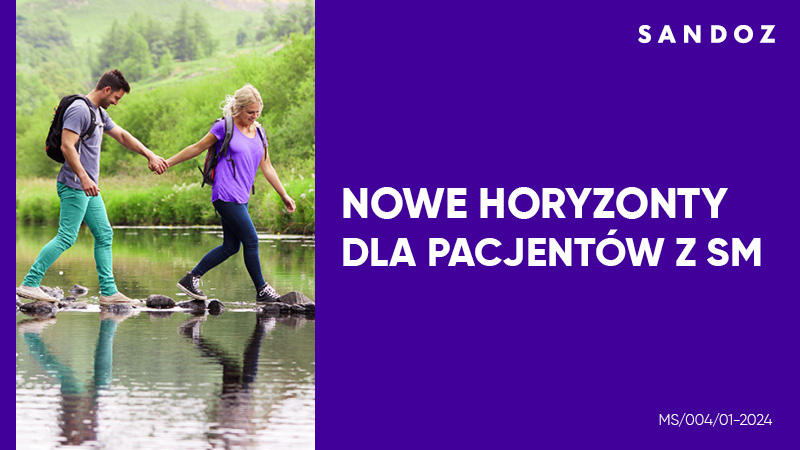Development of new therapies for multiple sclerosis
Paweł Gierach, Marek Juszczak, Andrzej Głąbiński
 Affiliation and address for correspondence
Affiliation and address for correspondenceNew insights into the complex immunopathogenesis of multiple sclerosis (MS) have led to a development of the promising new therapeutic strategies for this disease during the last 15 years. In that time a number of the novel potential therapeutics have been identified. In this article the present state of therapy of MS is reviewed and the special attention is given to clinical trials performed on natalizumab, rituximab, alemtuzumab, cladribine, fingolimod, teriflunomide, laquinimod and fumarate. Currently available immunomodulatory therapies have been helpful for many MS patients, but for patients not improving on this treatment, the search for new drugs is necessary. Among monoclonal antibodies (MAbs) only natalizumab is approved so far for treatment of MS, but the other analysed MAbs are also very promising. The AFFIRM and SENTINEL studies showed that natalizumab is effective both in monotherapy and in combination with interferon β-1a (IFN β-1a) in patients with relapsing-remitting multiple sclerosis (RRMS). Long-term therapy with rituximab – another MAb – appears safe and effective in some patients with RRMS. In patients with early RRMS, alemtuzumab was more effective than IFN β-1a. Additionally to MAbs, oral drugs gain the major attention in MS therapy recently. One of them, cladribine, may be a promising agent for refractory patients with secondary progressive MS (SPMS). New studies suggest that fingolimod (FTY720), another potential oral drug for MS, may be more effective than currently available treatments. MS patients receiving the low dose of fingolimod experienced a 52% reduction and patients on the higher dose showed a 38% reduction of the number of relapses. Treatment of RRMS with two different doses of teriflunomide was associated with reduced number of active MRI lesions, the higher dose was associated with reduced progression of disability in RRMS. The oral laquinimod was also effective in suppression of the development of active MRI lesions in RRMS. Similarly oral fumarate (BG00012) given three times daily reduced by 69% the mean number of the new Gd+ lesions and reduced the annualised relapse rate by 32% in RRMS. All this data suggest that in the nearest future several new, more effective drugs will be introduced to therapy of MS.







